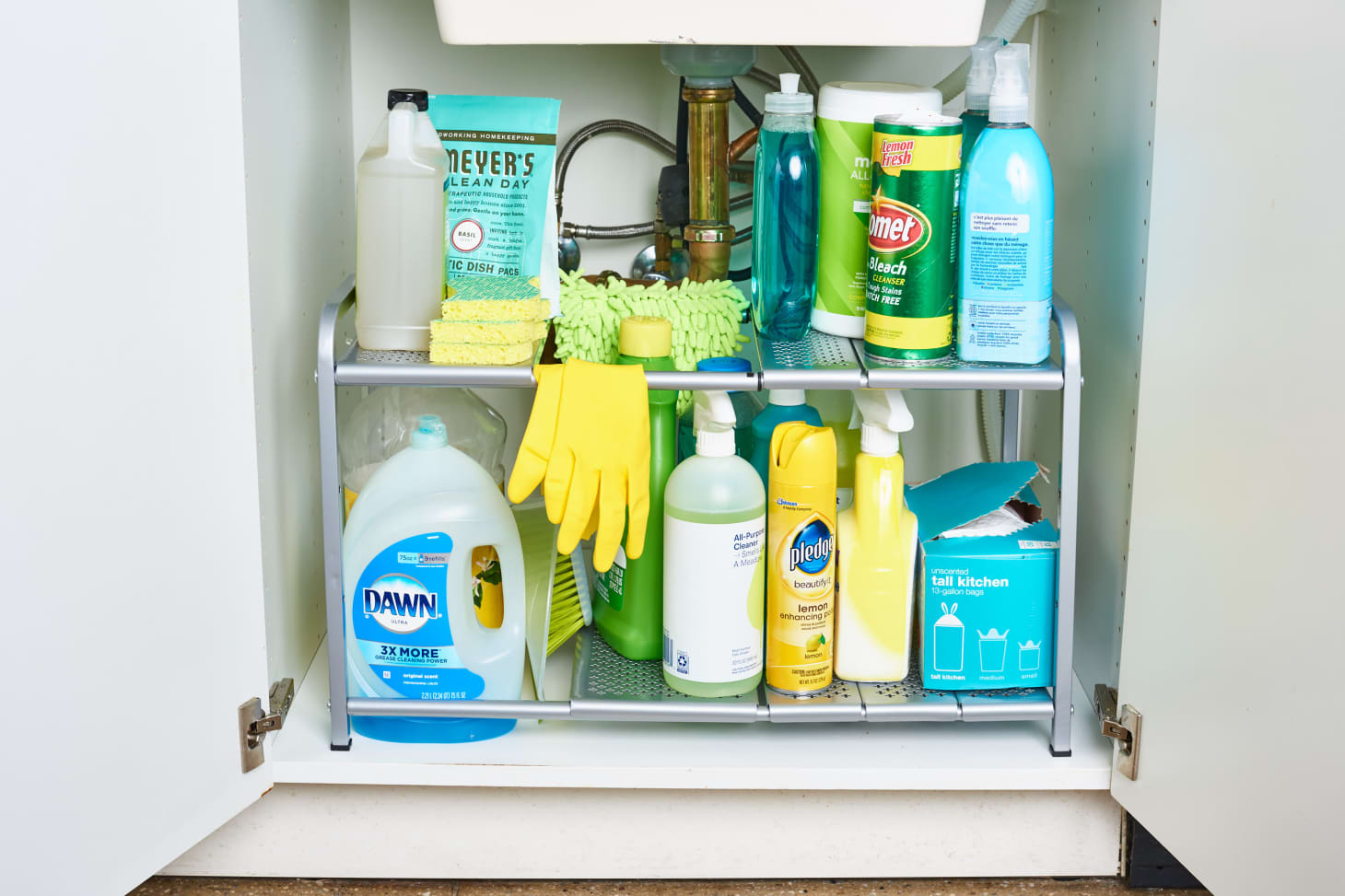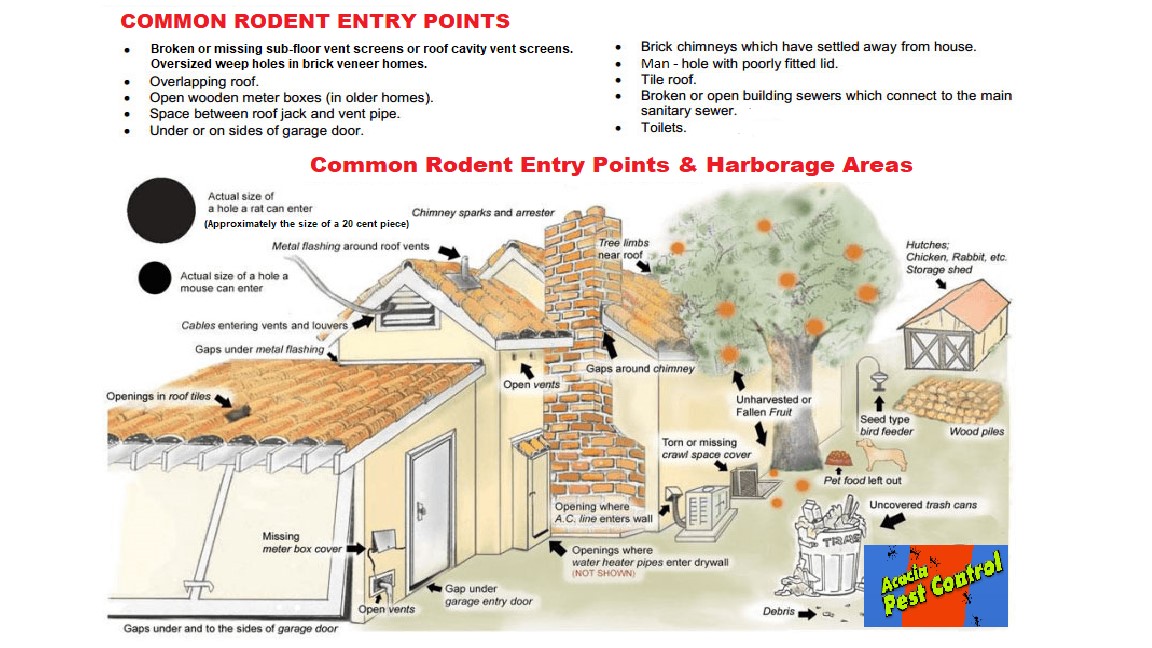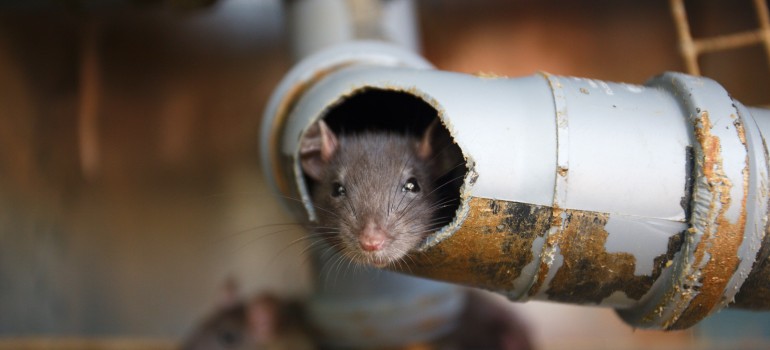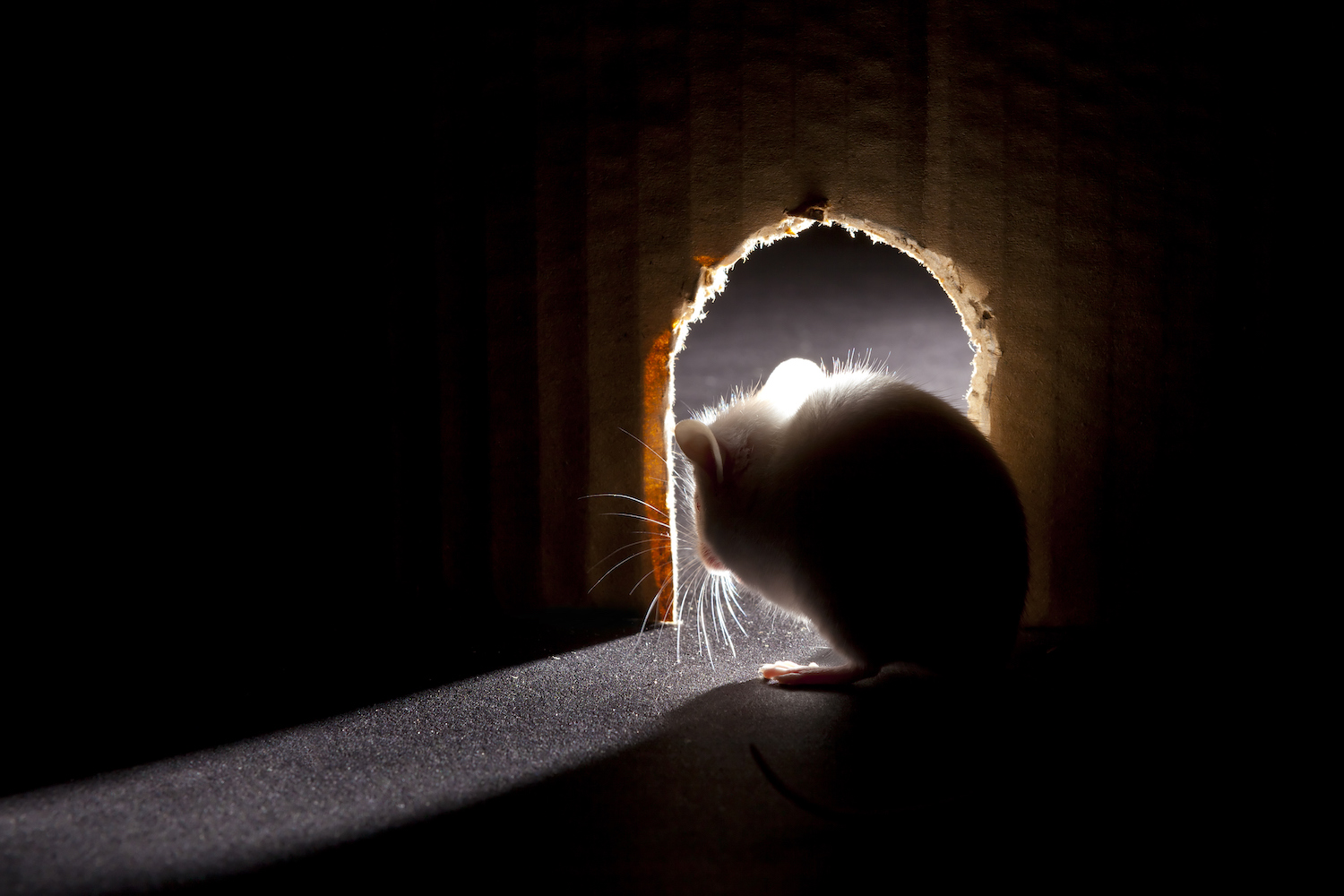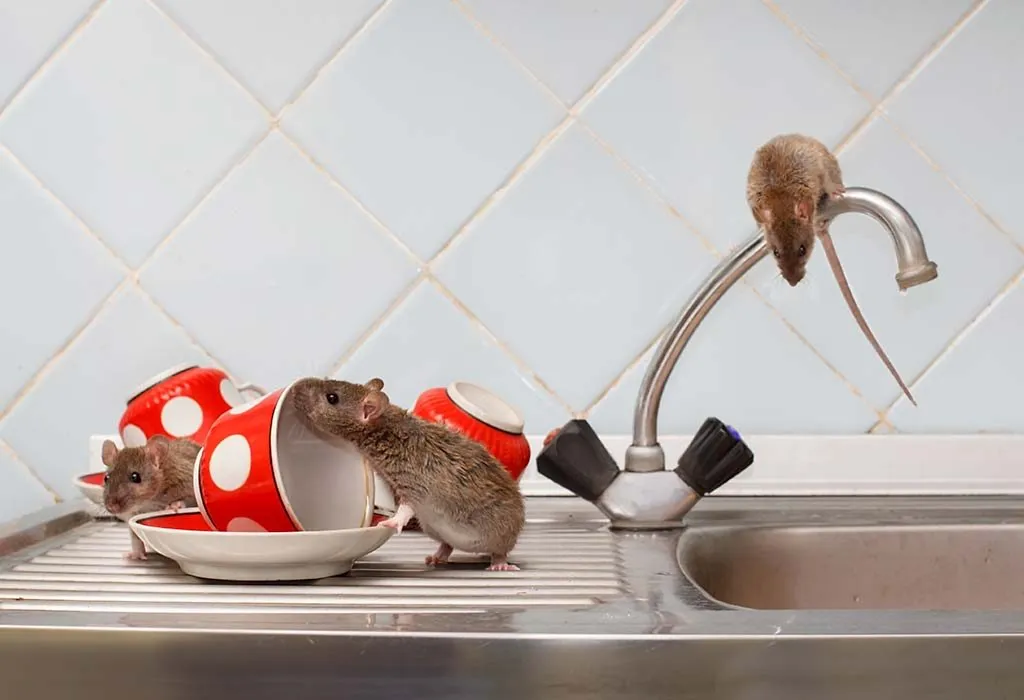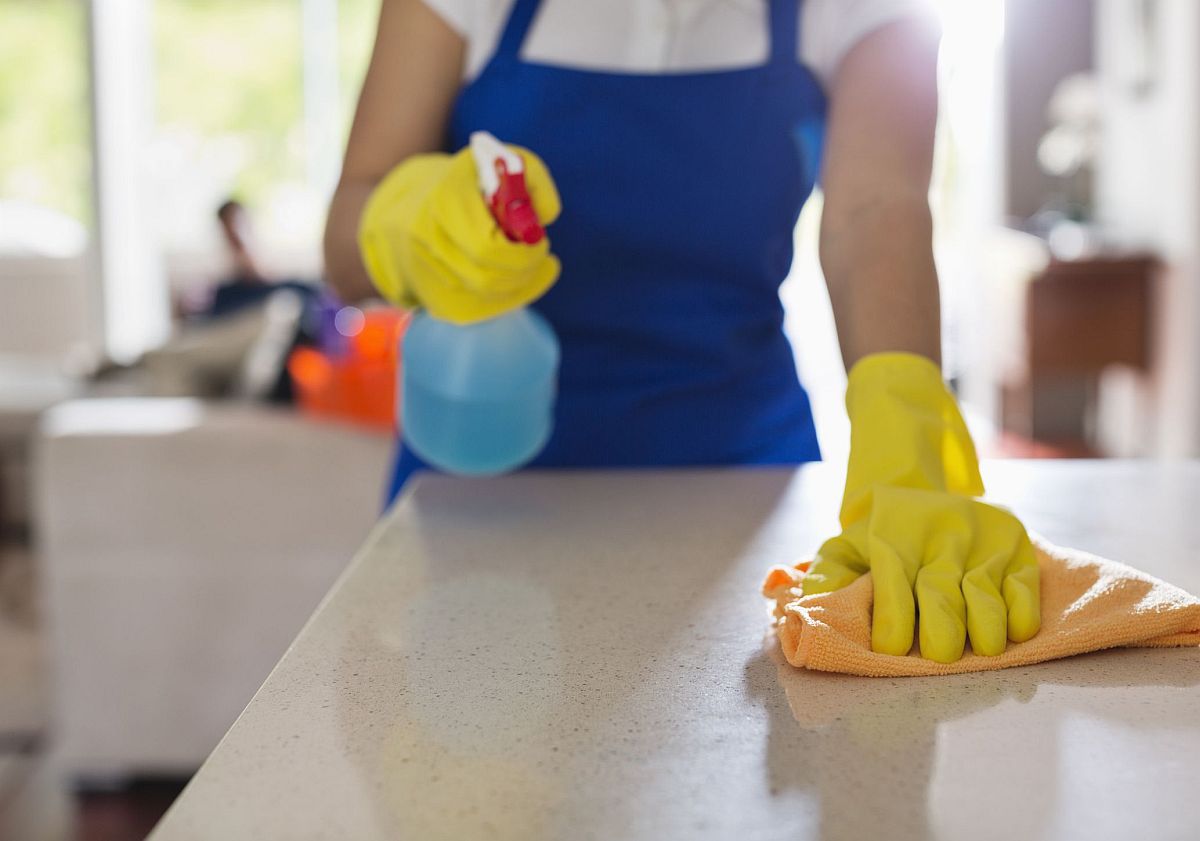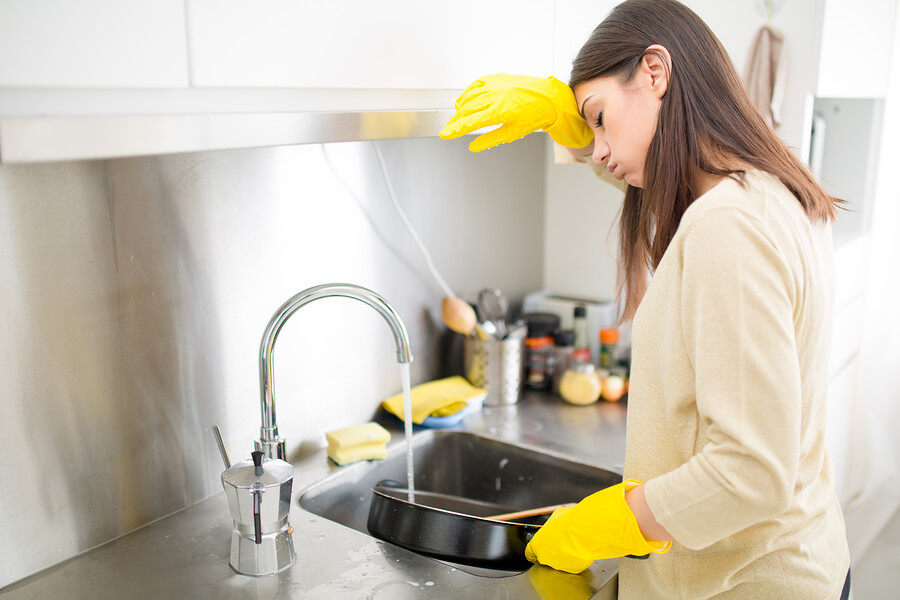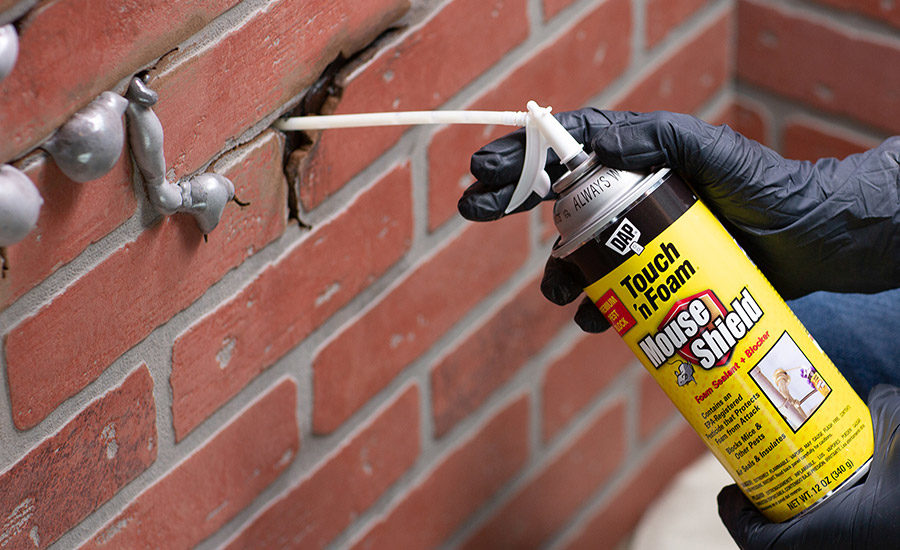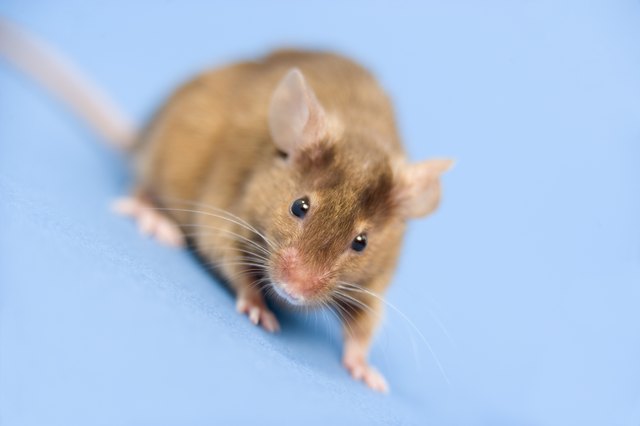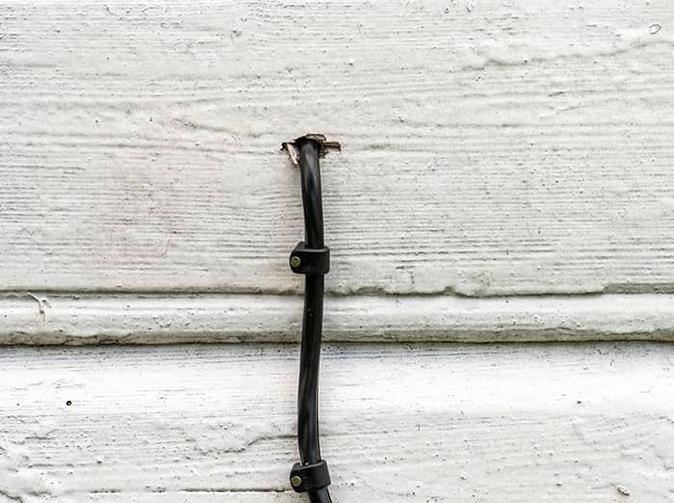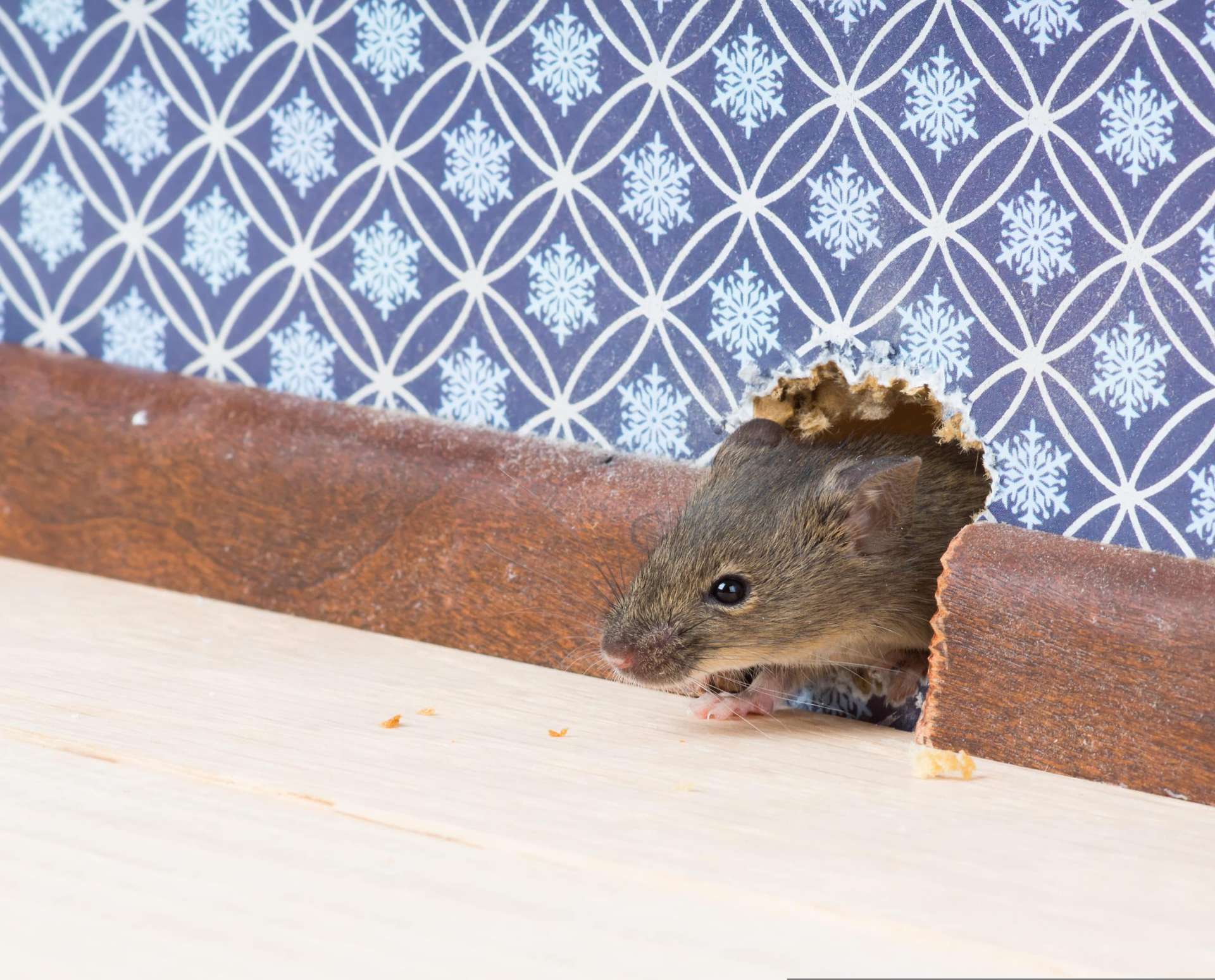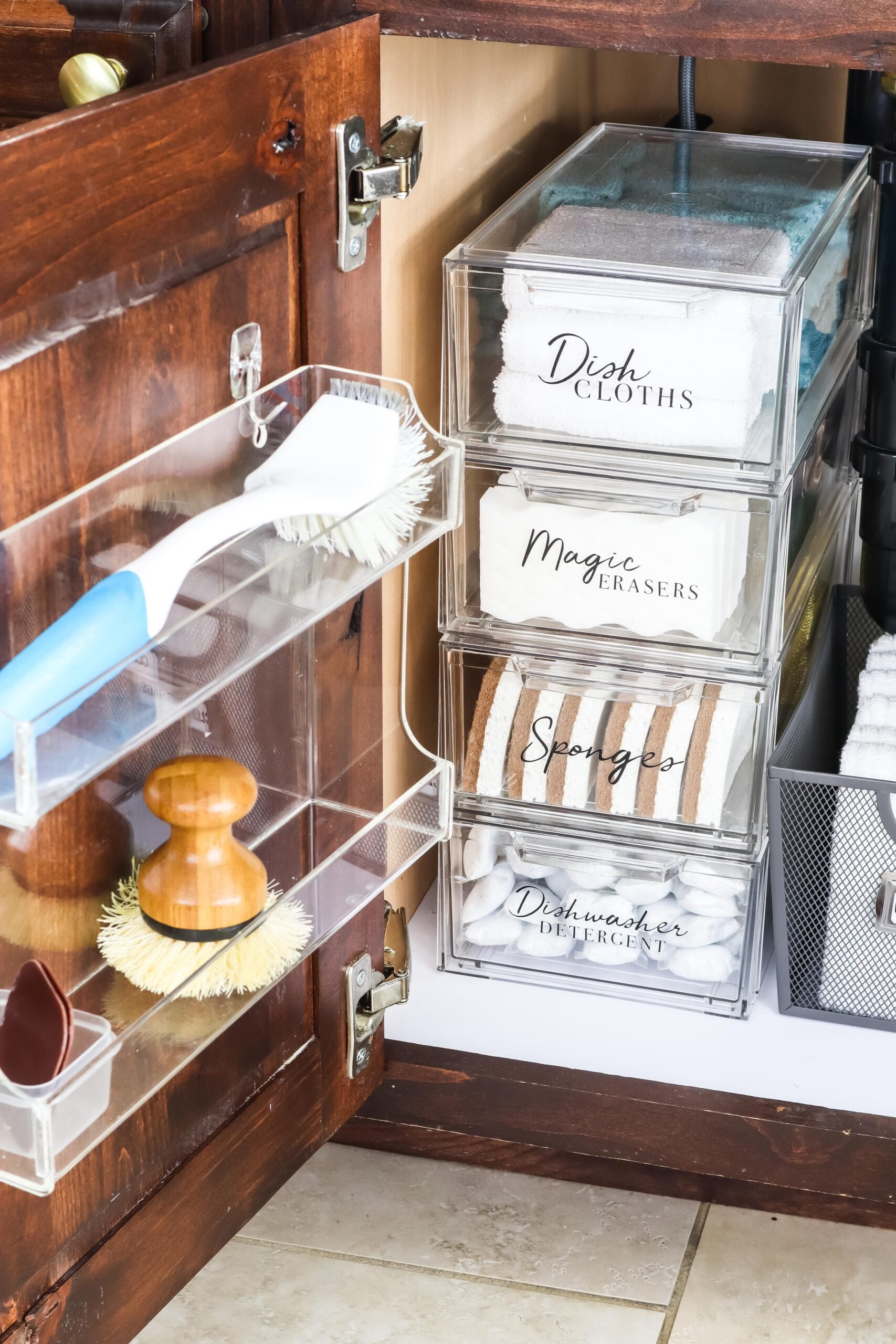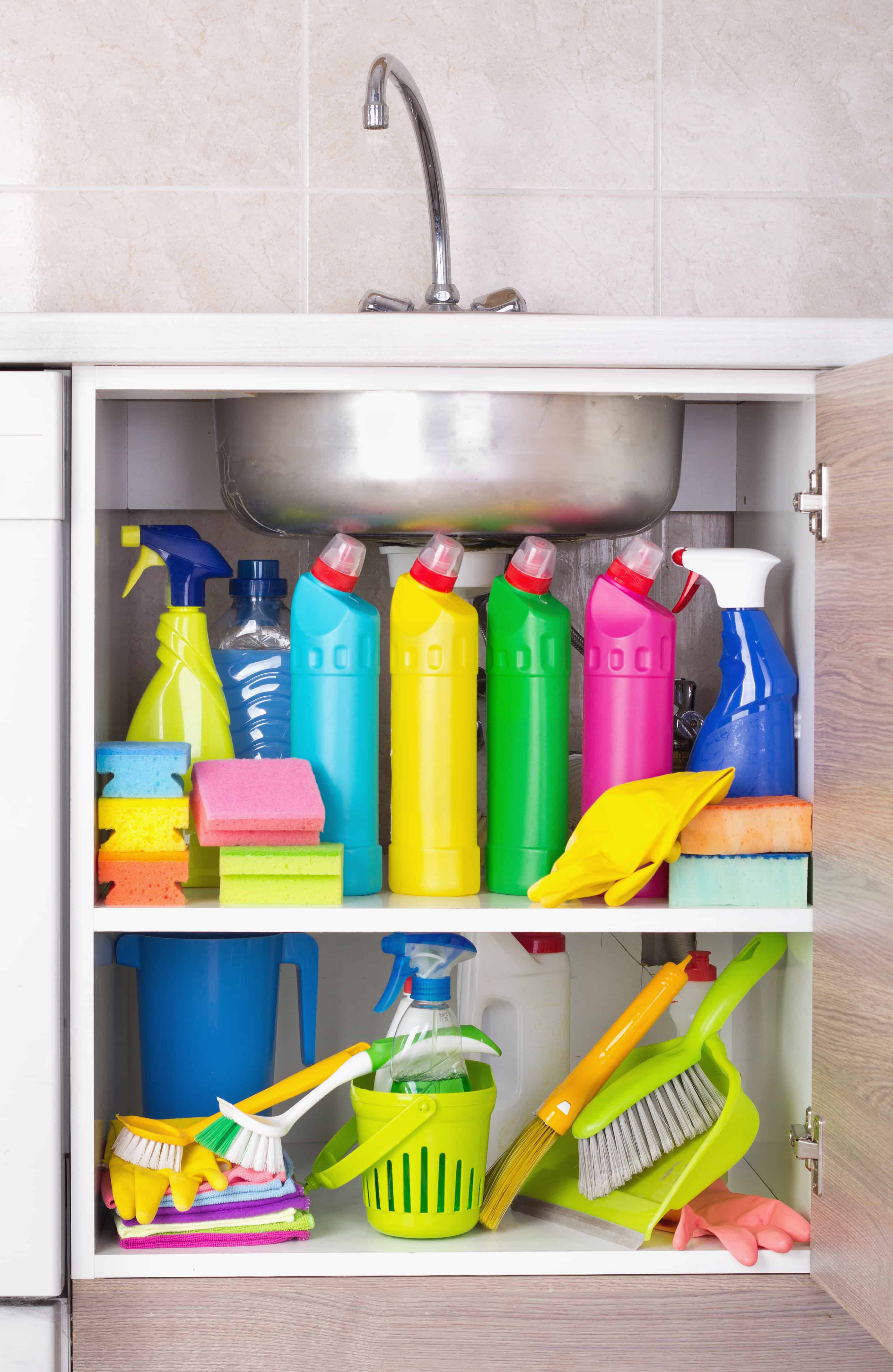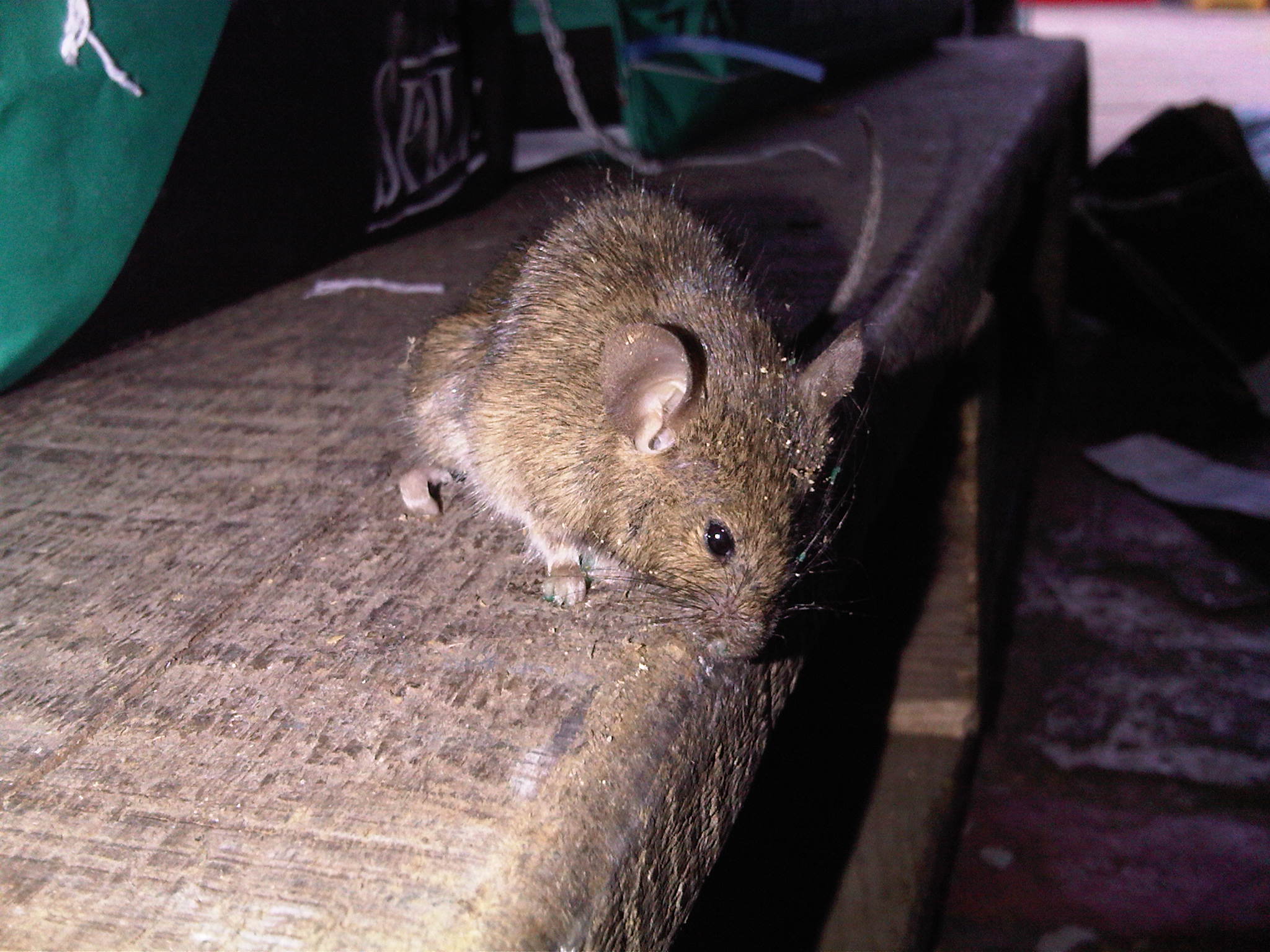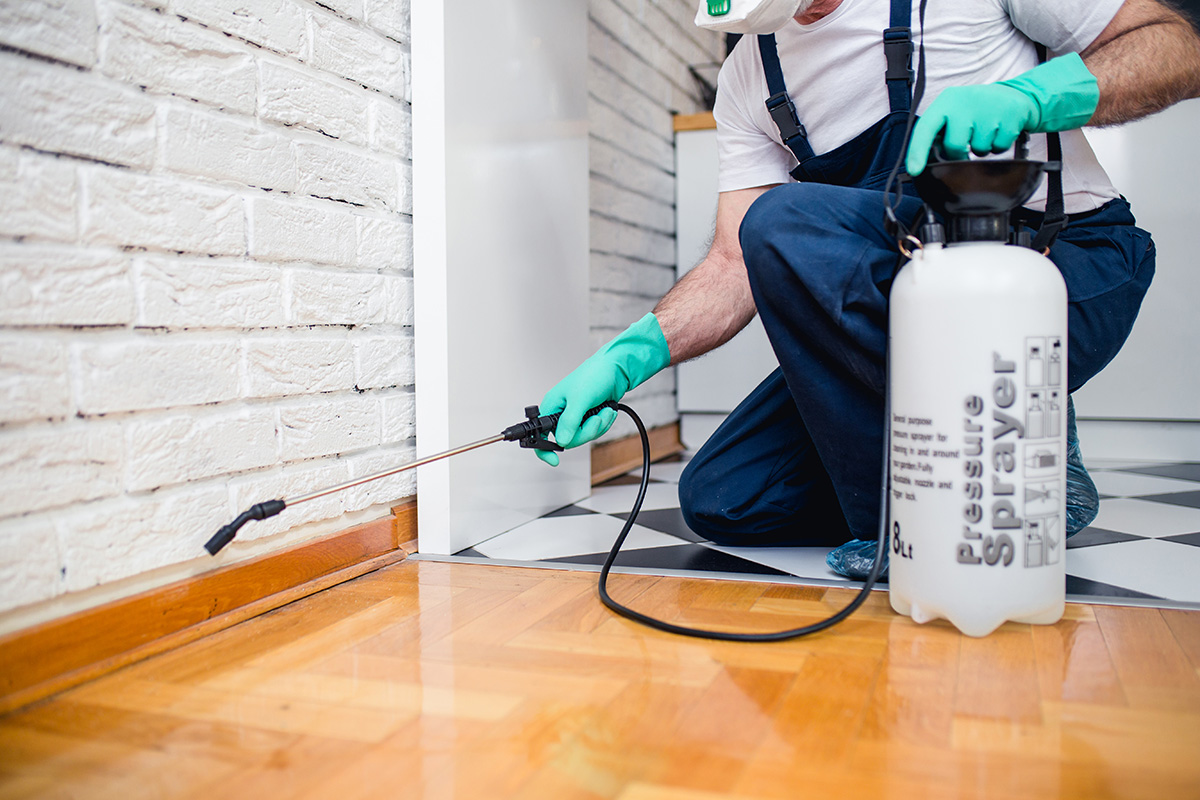If you've noticed strange noises coming from under your kitchen sink or found droppings in your cabinets, you likely have a mouse infestation. These tiny pests can cause major problems in your home, including damage to your food and belongings, as well as potential health risks. Here are 10 tips for getting rid of mice under your kitchen sink and preventing them from coming back.How to Get Rid of Mice Under Your Kitchen Sink
The first step in getting rid of mice is to confirm their presence. Look for signs such as droppings, gnaw marks on food packaging, and chewed wires or pipes. You may also hear scratching or scurrying sounds coming from under your sink. If you suspect mice, it's important to act quickly to prevent the problem from getting worse.Signs of Mice Under Your Kitchen Sink
The best way to deal with mice under your kitchen sink is to prevent them from coming in in the first place. Keep your kitchen clean and free of food scraps, as this is a major attractant for mice. Also, make sure to properly seal and store all food items in airtight containers. Keep your sink area dry and clean up any spills or leaks immediately.Preventing Mice Under Your Kitchen Sink
If you have a small infestation, you may be able to get rid of the mice using DIY methods. One option is to use a humane mouse trap, which captures the mouse alive for release outside. There are also natural deterrents, such as peppermint oil or ultrasonic devices, that may help keep mice away. However, these methods may not be effective for larger infestations.DIY Solutions for Mice Under Your Kitchen Sink
If you have a large or persistent mouse problem, it's best to call in a professional exterminator. They have the expertise and tools to effectively eliminate the infestation and prevent future ones. They may also offer ongoing maintenance services to keep your home mouse-free.Professional Extermination for Mice Under Your Kitchen Sink
Mice can enter your home through small cracks and openings, so it's important to seal any potential entry points. Common areas to check include around pipes, vents, and doors. Use caulk or steel wool to fill in any gaps or holes, and install door sweeps to prevent mice from entering through the bottom of your doors.Common Entry Points for Mice Under Your Kitchen Sink
Mice are attracted to food sources, so keeping your kitchen clean is essential in preventing infestations. Wipe down counters and sweep floors regularly to remove any crumbs or spills. Make sure to also clean up any pet food or water bowls before going to bed, as this can also attract mice.Keeping Your Kitchen Clean to Deter Mice
In addition to sealing common entry points, it's important to thoroughly inspect your kitchen for any other cracks or holes that mice could use to get in. Check for gaps around electrical outlets, pipes, and baseboards. It's also a good idea to seal any cracks or gaps in your cabinets and drawers to prevent mice from accessing your food and nesting in these areas.Sealing Cracks and Holes to Keep Mice Out
Traps are a popular and effective way to catch mice. There are different types of traps available, including snap traps and glue traps. Place them in areas where you have seen mouse activity, such as under your sink or near food sources. It's important to check and empty the traps regularly to prevent the mice from decomposing and causing unpleasant smells.Using Traps to Catch Mice Under Your Kitchen Sink
If you're dealing with a persistent mouse infestation, it's best to leave it to the professionals. A pest control expert will be able to assess the extent of the problem and create a customized plan to eliminate the mice. They may also offer ongoing maintenance services to prevent future infestations. Dealing with mice under your kitchen sink can be a stressful and frustrating experience. However, by taking these preventative measures and utilizing the right methods to get rid of them, you can effectively eliminate the problem and enjoy a mouse-free home.Calling in a Pest Control Expert for Mice Under Your Kitchen Sink
The Dangers of Having Mice Under Your Kitchen Sink
Why Mice are Attracted to Your Kitchen
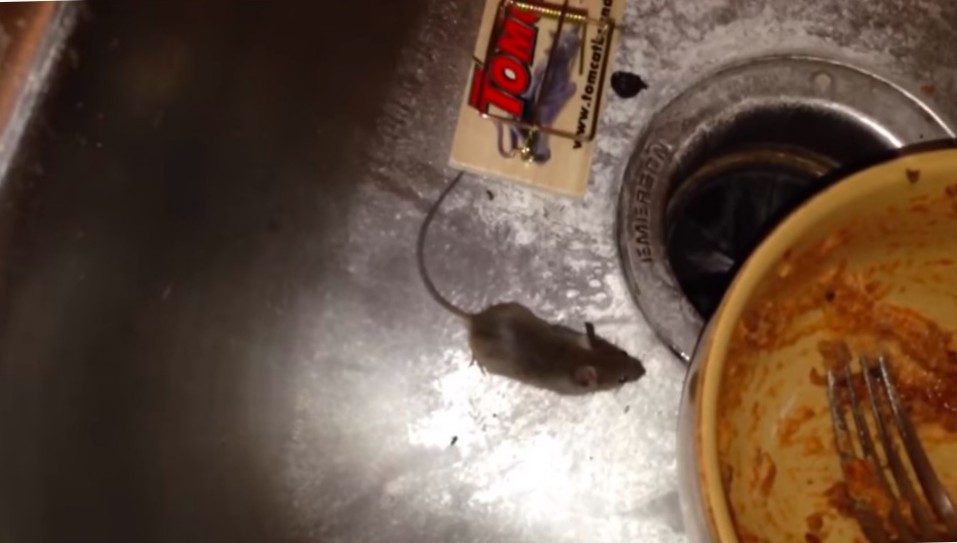 If you've noticed mice scurrying around your kitchen, chances are they have found their way under your kitchen sink. The kitchen is a prime location for mice as it provides them with a constant source of food and water. They are especially attracted to the area under your sink because it is dark, warm, and provides excellent hiding spots.
If you've noticed mice scurrying around your kitchen, chances are they have found their way under your kitchen sink. The kitchen is a prime location for mice as it provides them with a constant source of food and water. They are especially attracted to the area under your sink because it is dark, warm, and provides excellent hiding spots.
The Risks of Having Mice in Your Home
 Having mice in your home may seem like a minor inconvenience, but it can actually pose serious health risks. Mice are known to carry various diseases and can contaminate your food and cooking surfaces with their urine, droppings, and fur. This can lead to food poisoning and other illnesses. Furthermore, mice are notorious for causing damage to your home by chewing on wires, insulation, and furniture.
Having mice in your home may seem like a minor inconvenience, but it can actually pose serious health risks. Mice are known to carry various diseases and can contaminate your food and cooking surfaces with their urine, droppings, and fur. This can lead to food poisoning and other illnesses. Furthermore, mice are notorious for causing damage to your home by chewing on wires, insulation, and furniture.
Why Mice Choose the Area Under Your Kitchen Sink
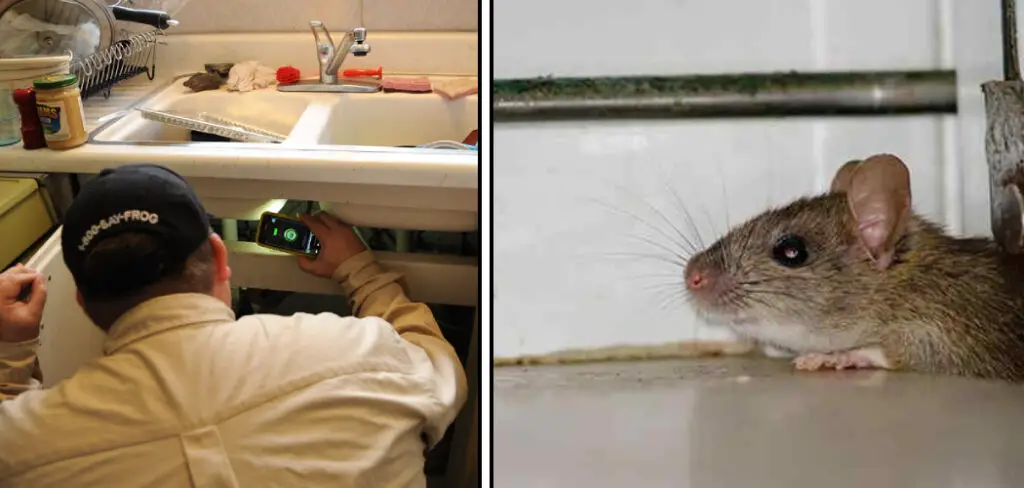 The area under your kitchen sink is an ideal hiding spot for mice as it provides them with protection from predators and the elements. They also have easy access to food and water sources, making it the perfect spot for them to build their nests. Additionally, the pipes under your sink can provide a warm and cozy environment for them to live in.
The area under your kitchen sink is an ideal hiding spot for mice as it provides them with protection from predators and the elements. They also have easy access to food and water sources, making it the perfect spot for them to build their nests. Additionally, the pipes under your sink can provide a warm and cozy environment for them to live in.
How to Get Rid of Mice Under Your Kitchen Sink
 Getting rid of mice can be a challenging task, especially if they have already made a home under your kitchen sink. However, it is crucial to take action as soon as possible to prevent further infestation. The first step is to eliminate their food sources by properly storing food in airtight containers and regularly cleaning up crumbs and spills. You can also use mouse traps or enlist the help of a professional pest control service.
Getting rid of mice can be a challenging task, especially if they have already made a home under your kitchen sink. However, it is crucial to take action as soon as possible to prevent further infestation. The first step is to eliminate their food sources by properly storing food in airtight containers and regularly cleaning up crumbs and spills. You can also use mouse traps or enlist the help of a professional pest control service.
Preventing Future Infestations
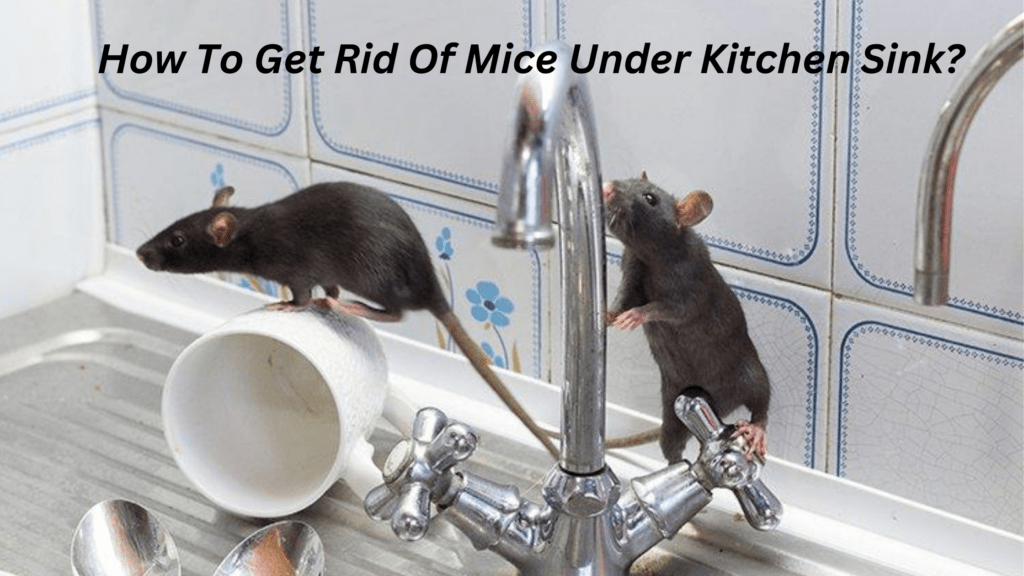 To prevent mice from returning under your kitchen sink, it is essential to seal any entry points they may have used to gain access. This includes cracks in the walls and gaps around pipes. Keep your kitchen clean and clutter-free to limit potential hiding spots for mice. You can also use deterrents such as peppermint oil or ultrasonic devices to keep mice at bay.
In conclusion, having mice under your kitchen sink is not only unsanitary but also poses serious health and safety risks. It is crucial to take preventative measures and address the issue promptly to prevent further infestation. By understanding why mice are attracted to your kitchen and implementing proper prevention methods, you can keep your home free from these unwanted guests.
To prevent mice from returning under your kitchen sink, it is essential to seal any entry points they may have used to gain access. This includes cracks in the walls and gaps around pipes. Keep your kitchen clean and clutter-free to limit potential hiding spots for mice. You can also use deterrents such as peppermint oil or ultrasonic devices to keep mice at bay.
In conclusion, having mice under your kitchen sink is not only unsanitary but also poses serious health and safety risks. It is crucial to take preventative measures and address the issue promptly to prevent further infestation. By understanding why mice are attracted to your kitchen and implementing proper prevention methods, you can keep your home free from these unwanted guests.



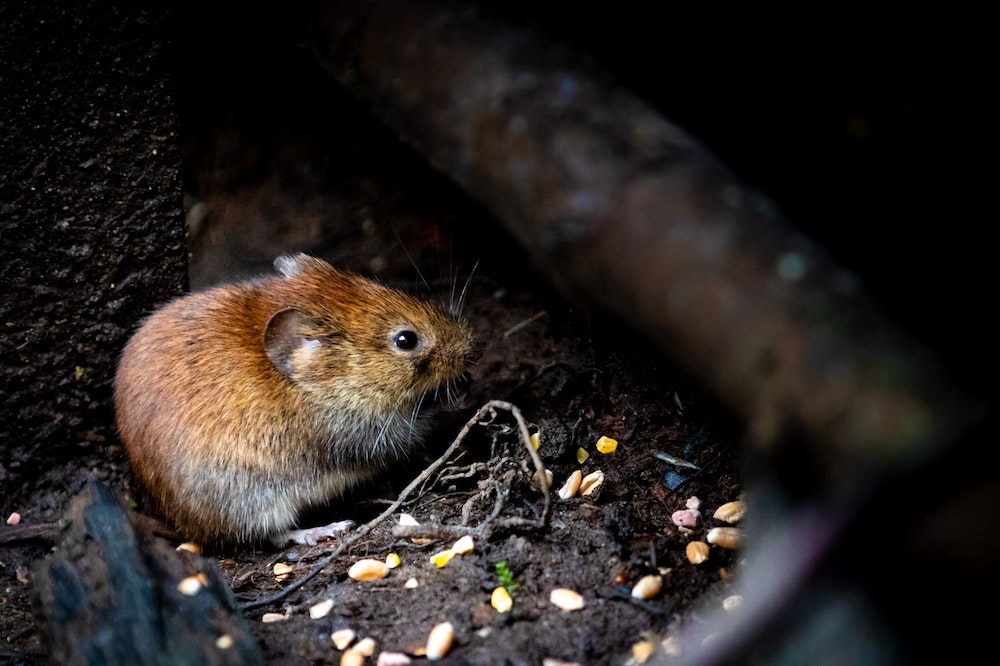

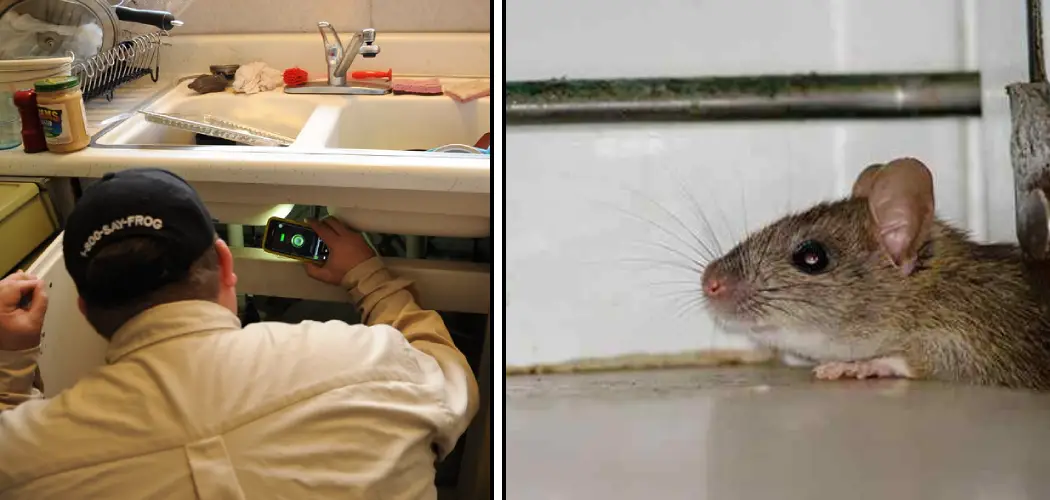

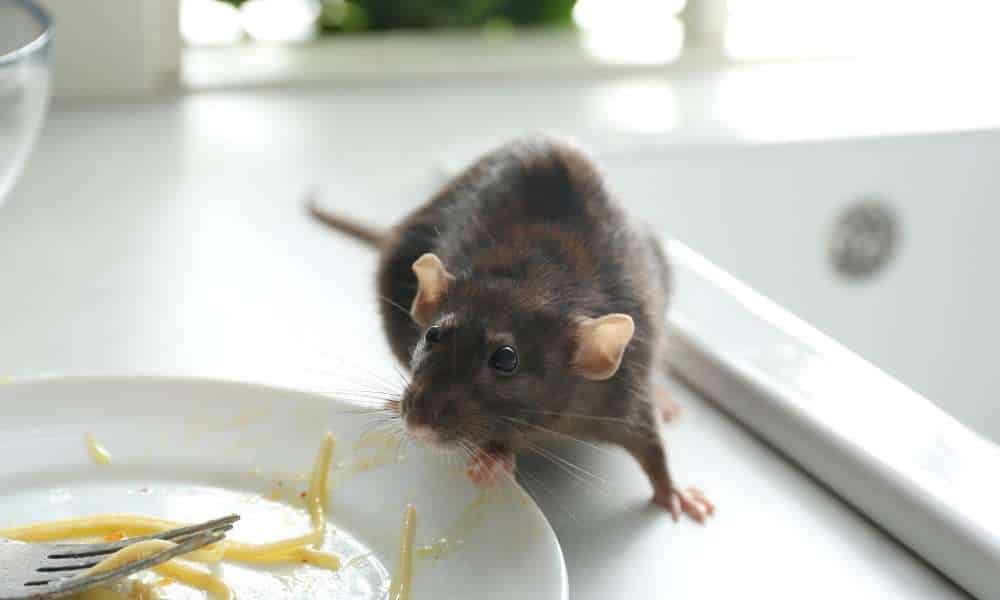





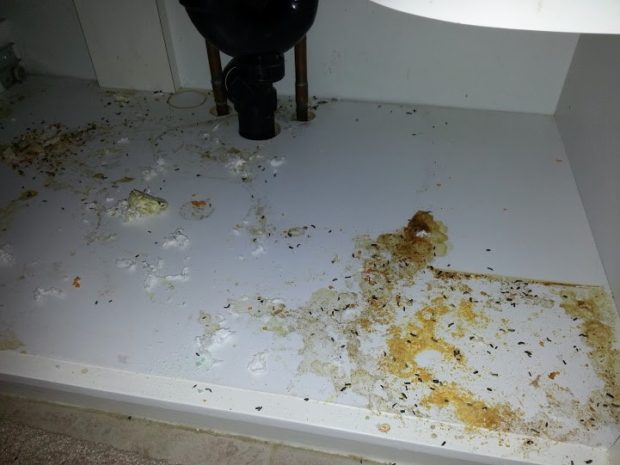









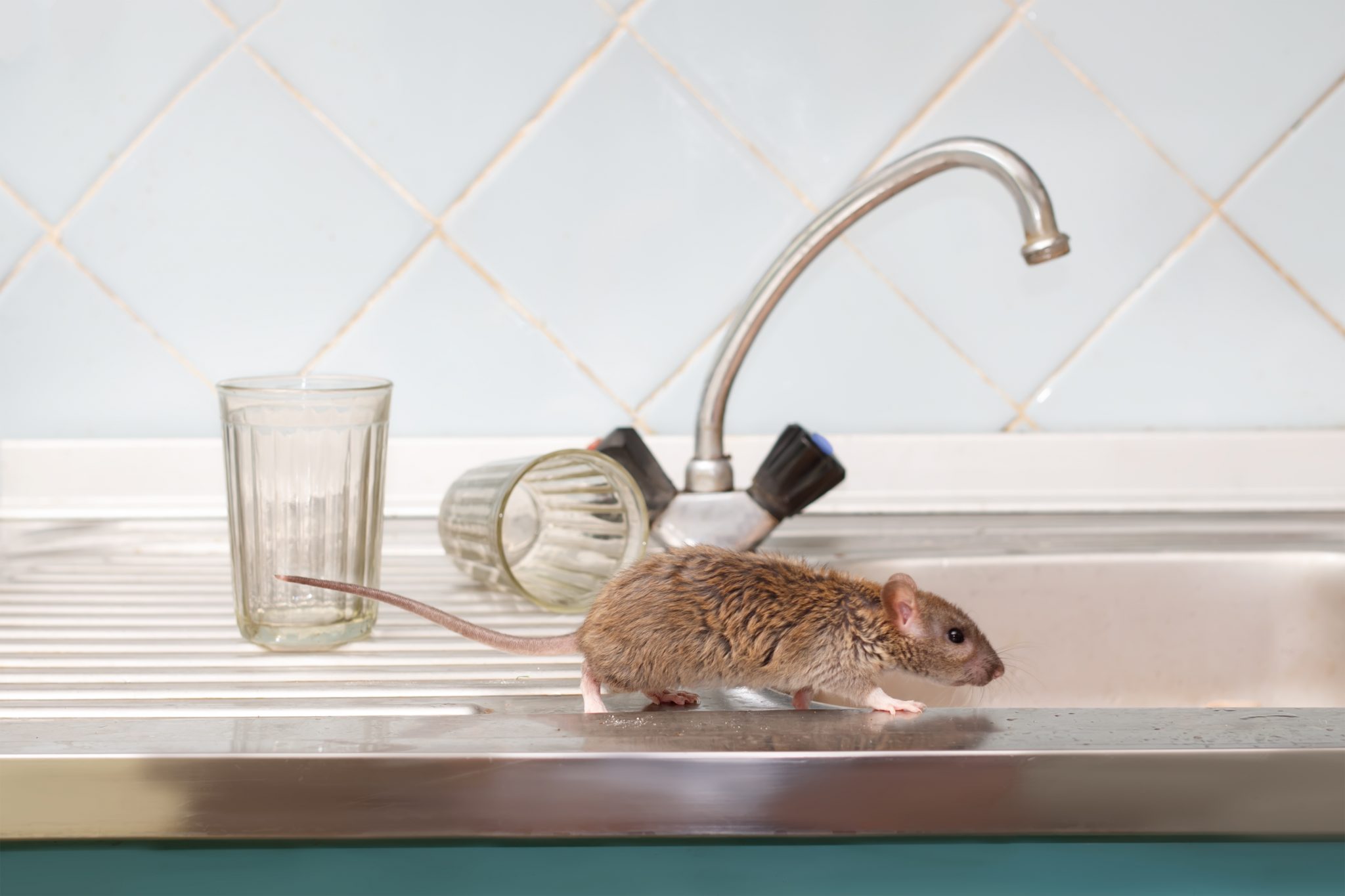
:max_bytes(150000):strip_icc()/poison-free-rodent-proofing-methods-2656482-ADD-Color-V2-0ced68d6730347edb6d010b2bc943269.png)









